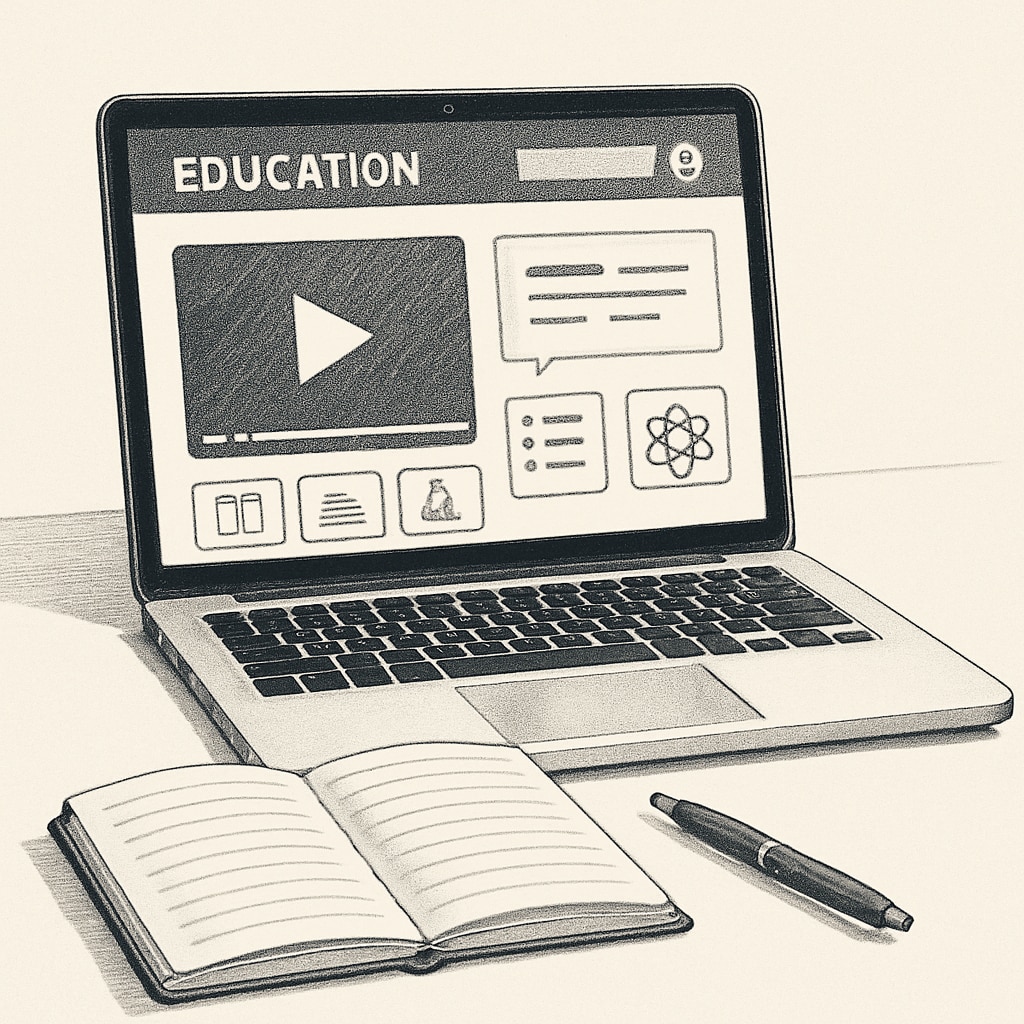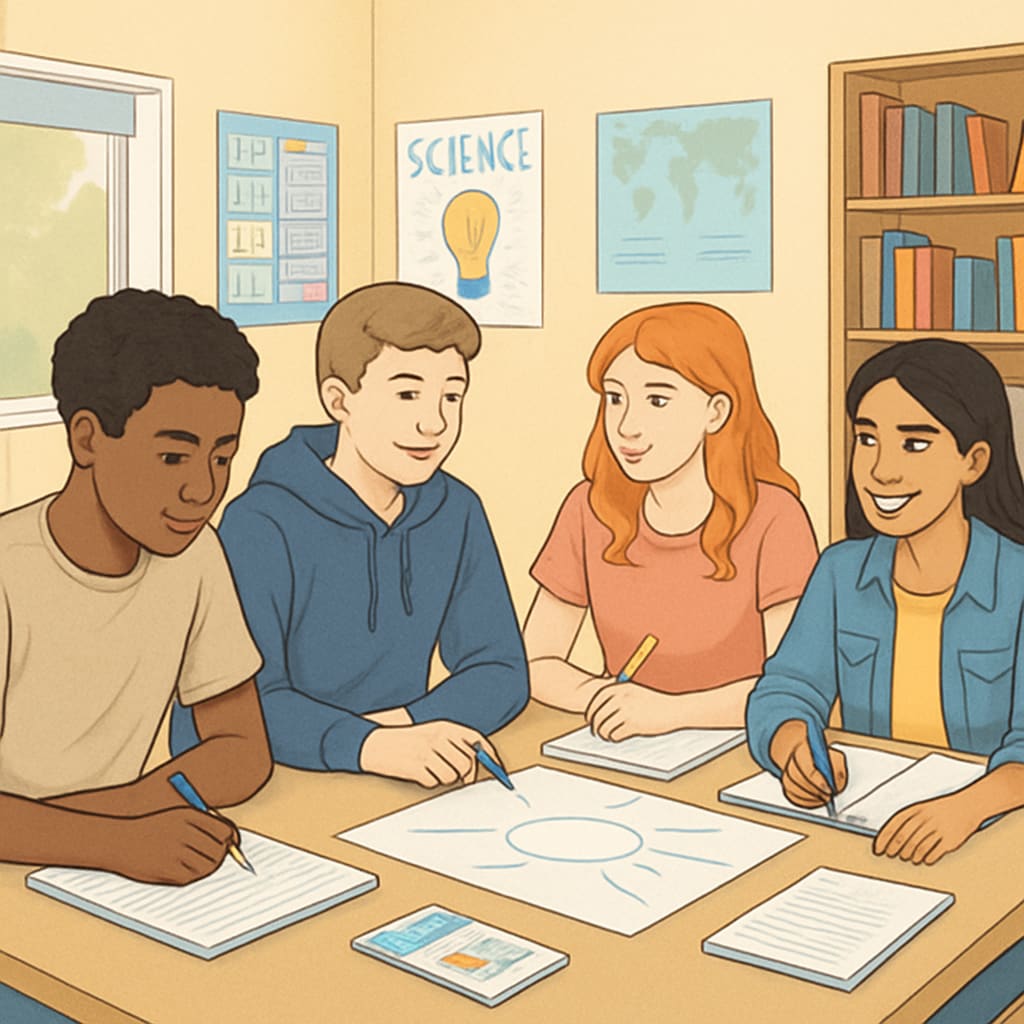As high school students prepare for the critical transition to their final year, finding the right educational courses, extracurricular learning, and resources becomes essential. These resources not only help students strengthen their academic performance but also nurture personal growth and diverse interests. This guide provides practical strategies to explore a variety of options, from free to paid, and from online to offline, to ensure a well-rounded and fulfilling high school experience.
Exploring Free Online Educational Resources
One of the easiest and most accessible ways to supplement your learning is through free online platforms. Numerous websites and apps offer high-quality educational content across various subjects, making it possible for students to learn at their own pace.
- Khan Academy: This platform provides free courses on topics ranging from mathematics and science to arts and humanities. It also includes SAT preparation materials tailored for high school students.
- OpenStax: This free resource offers college-level textbooks that can assist advanced high school learners in subjects like physics, biology, and economics.
- Duolingo: For students interested in learning a new language, Duolingo offers gamified lessons that make language learning enjoyable and effective.
By leveraging these platforms, students can access reliable knowledge without any financial burden.

Paid Educational Courses for Specialized Learning
For students looking for deeper insights or specialized knowledge, paid courses and resources offer a more structured and comprehensive learning experience. These options often include certifications, which can add value to college applications and resumes.
- Udemy: With affordable courses on a wide range of topics, Udemy is perfect for learning new skills such as coding, graphic design, or even public speaking.
- Coursera: Partnered with top universities, Coursera offers courses that can be audited for free, but students can also pay to receive certifications for completed courses.
- MasterClass: Focused on creative fields, MasterClass allows students to learn from industry leaders in areas like filmmaking, writing, and music.
Though these resources require investment, they often provide high-quality content and interactive experiences that justify the cost.
Offline Learning Opportunities Beyond School
While online resources are convenient, offline opportunities such as workshops, community classes, and local events can provide hands-on experiences that are equally valuable. Here are some ideas:
- Local Libraries: Many libraries offer free workshops, seminars, and resources for high school students, from creative writing sessions to coding boot camps.
- Community Centers: These centers often host extracurricular activities like art classes, sports, and volunteering opportunities.
- Private Tutoring: For academic subjects, private tutors can provide personalized guidance tailored to a student’s specific needs.
Engaging in these offline activities helps build interpersonal skills and provides a break from screen time.

Balancing Academics and Personal Interests
While pursuing these additional learning resources, it’s important to maintain a balance between academics and personal interests. Overloading on extracurricular activities or courses can lead to burnout. Instead, students should prioritize their goals and allocate time wisely.
Here are some tips to manage both effectively:
- Set clear short-term and long-term goals for both academics and hobbies.
- Create a schedule that includes dedicated time for schoolwork, extracurriculars, and relaxation.
- Seek guidance from teachers, mentors, or parents to ensure your plans are realistic and achievable.
By striking the right balance, students can maximize their potential without compromising their well-being.
Conclusion
High school is a transformative period, and the right educational courses, extracurricular learning, and resources can make all the difference. Whether it’s through free online platforms, paid courses, or community-based activities, students have countless options to enhance their academic and personal growth. With careful planning and a proactive approach, every student can unlock their full potential and prepare for a bright future.
Further Reading: For more information on educational resources, visit Wikipedia’s Education Overview or explore Education on Britannica.
Readability guidance: Use short paragraphs and bullet points to summarize key ideas. Focus on actionable tips and maintain a balance between encouraging personal growth and academic success.


